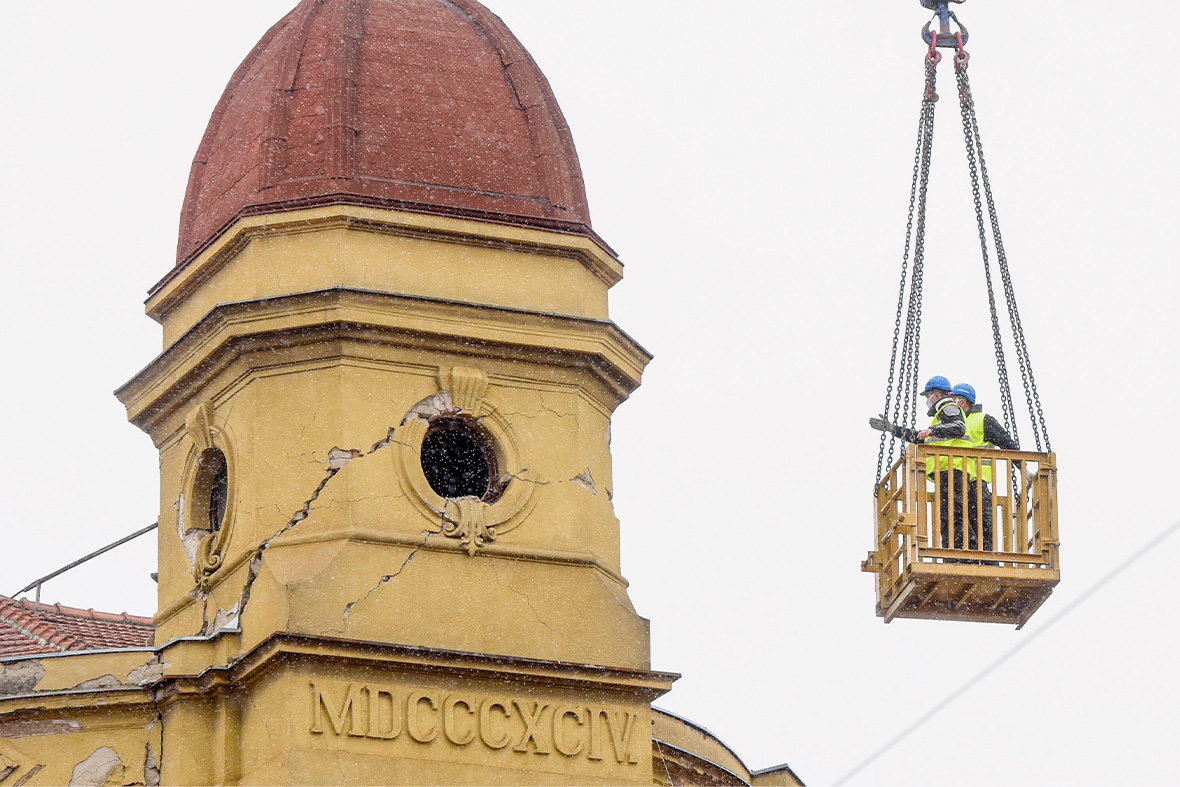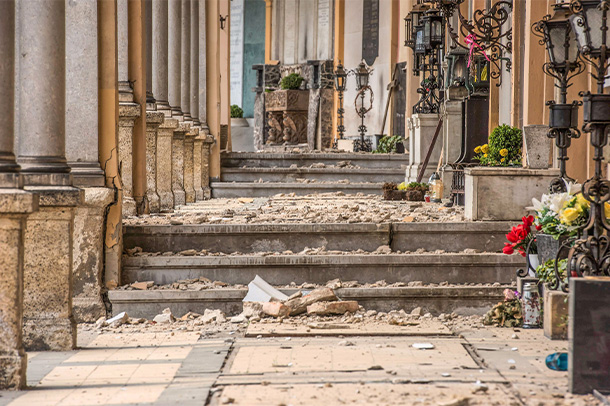Many of Zagreb’s museums and galleries are at the city center and many were damaged by the earthquake. One of the consequences is that some won’t be able to receive visitors until next year. In the days following the earthquake, the museum and gallery professionals got used to seeing valuable pieces of art on the floor, behind cracked display cases or beneath debris. Such as, for instance, the marble statue of an elegant, long-legged young man from the permanent exhibition of the Archaeological Museum’s Antiquity Collection, captured by our photojournalist. Another example are mannequins in folk costumes, brought down in the display case like dominoes, a scene shot in the Ethnographic Museum. Among the severely damaged buildings were the Museum of Arts and Crafts, Croatian History Museum and Croatian Natural History Museum, to name a few. Access to some of the museums was forbidden for days after the earthquake.
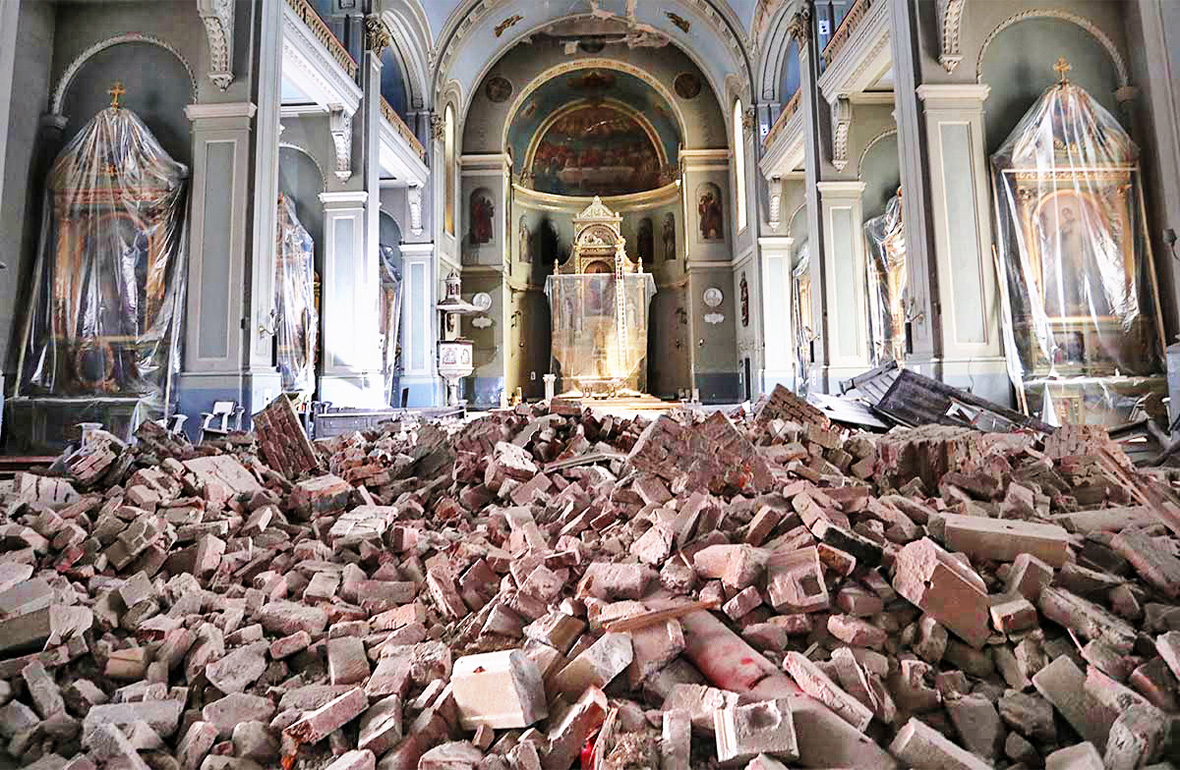

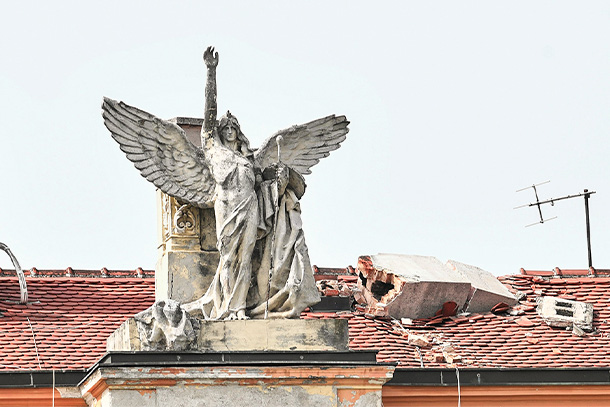
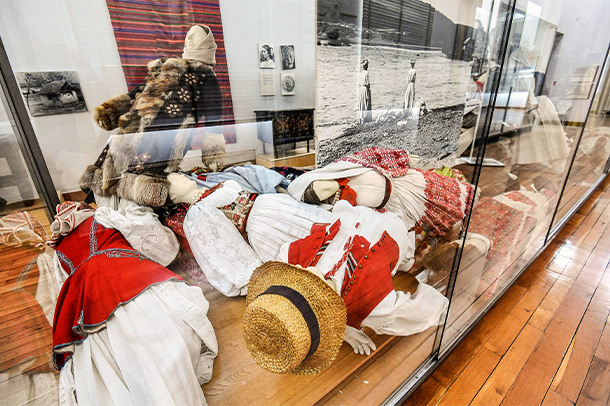
It was fortunate in this difficult situation that the damage on the affected works of art was not irreparable – rare exceptions aside – and that none of the pieces that are essential for the national art history have been seriously damaged. The many sculptures adorning Zagreb’s facades give them special charm. They have also inspired many research studies, but some were completely destroyed by the earthquake. Many of the churches that are important for the local heritage were damaged, as well as the Mirogoj Cemetery Arcades, a work of renowned architect Herman Bollé, alongside many tombstones at the city’s main cemetery. The picture of Zagreb’s heritage will never be the same after this earthquake, and this was all captured by Cropix photojournalists, right after the damage was done.
